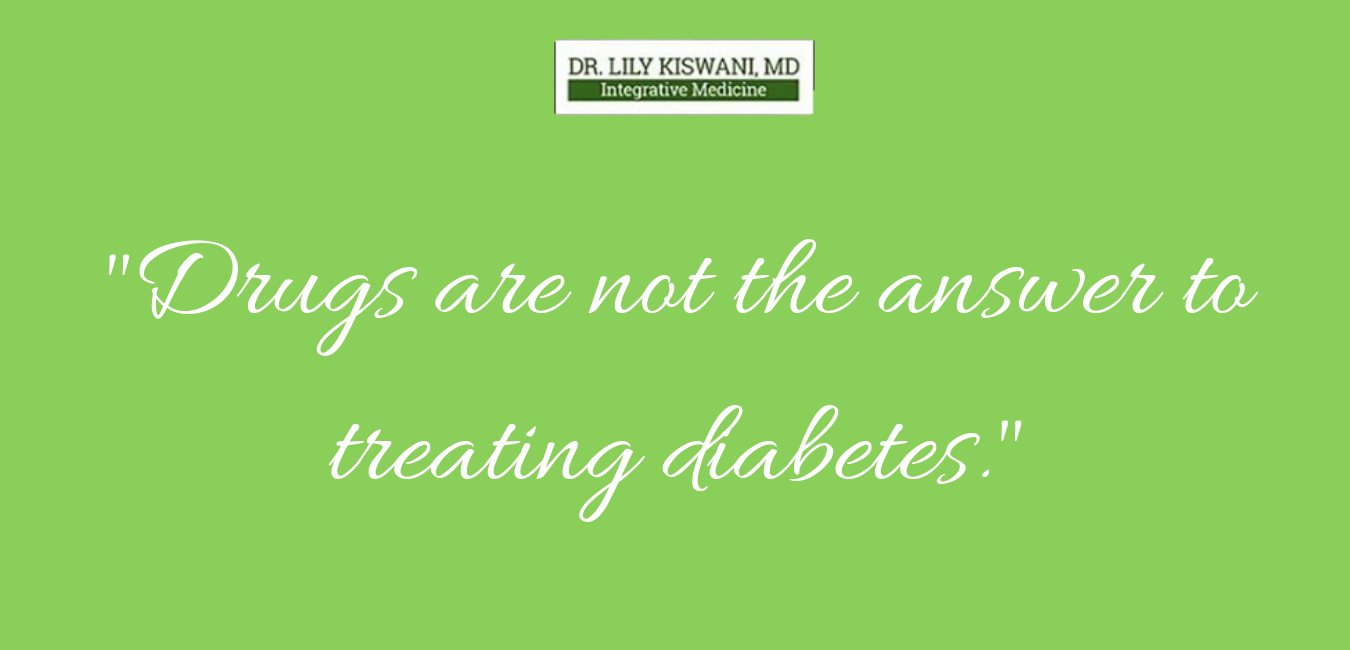Here’s a simple question.
There are three options.
1.
A slice of white bread.
2.
A slice of brown bread.
3.
A teaspoon of table sugar.
Now the question is, if you want to make the healthful choice, which of these options will you choose?
Obviously the brown bread, right?
Up until just a few months ago, I did the same. But surprisingly, its not the best choice.
Let me introduce you to a concept called ‘Glycemic Index‘. This (GI) is a measure of how quickly blood sugar levels rise after eating a particular type of food. A food with a high GI raises blood glucose more than a food with a medium or low GI.
Glucose is the reference, having a GI of 100, creating a surge in the blood glucose level. We want our food to release sugar slowly, so the rise is slow and controlled. This helps maintain insulin levels in a stable, controlled range, so our risk of developing diabetes is lower.
Now back to the quiz.
Sugar has a GI of 58, white bread 73 and brown bread 71. So brown bread raises blood sugar more than sugar. Most brown bread is simply colored brown by adding molasses. Read the ingredient list. The first listed should be whole wheat flour, preferably cracked whole grain which has high fiber.
Two slices of whole wheat bread raise blood sugar higher than 6 teaspoons of table sugar.
Low GI – 55 or less: Most fruits and vegetables, beans, minimally processed grains, pasta, low-fat dairy foods, and nuts.
Moderate GI – 56 to 69: White and sweet potatoes, corn, white rice, couscous, some breakfast cereals.
High GI – 70 or higher: White bread, cakes, doughnuts, croissants, waffles, most packaged breakfast cereals. Notice this list contains most bakery items? Avoid, avoid, avoid. Remember, sugar is poison. And refined carbs act just like sugar in the body.
So look for GI, and go for those foods which have lower GI.
